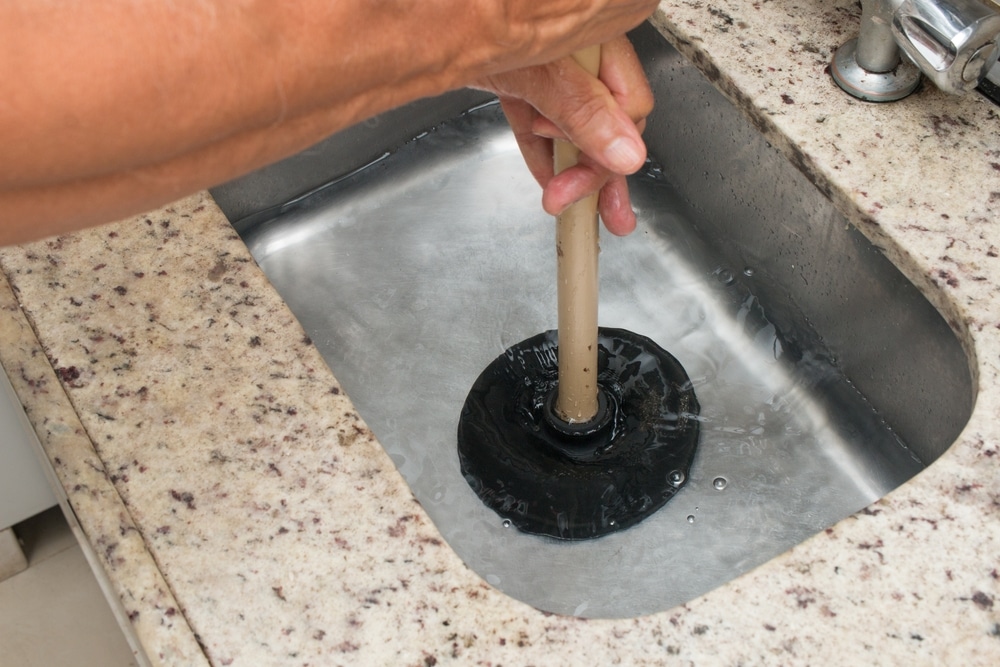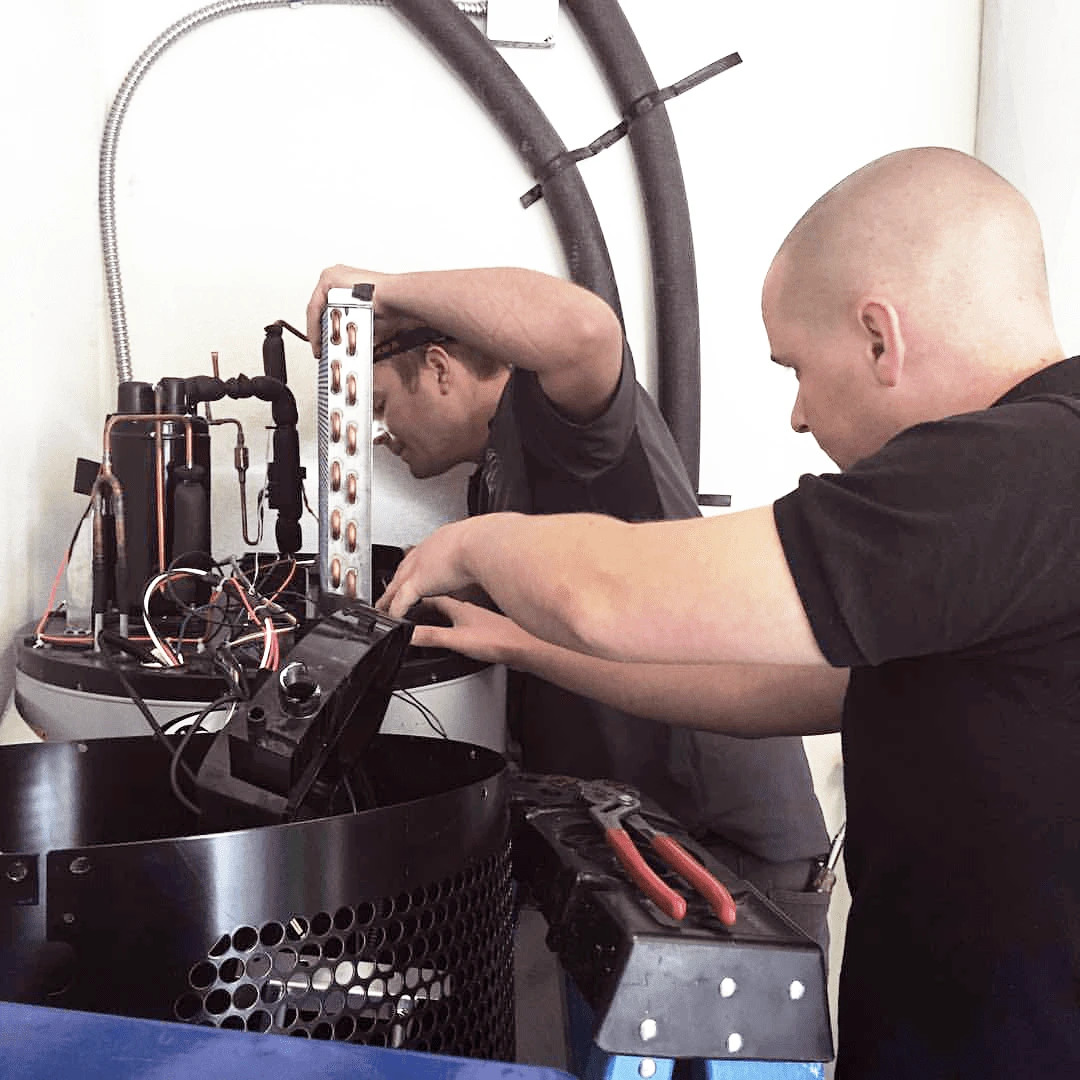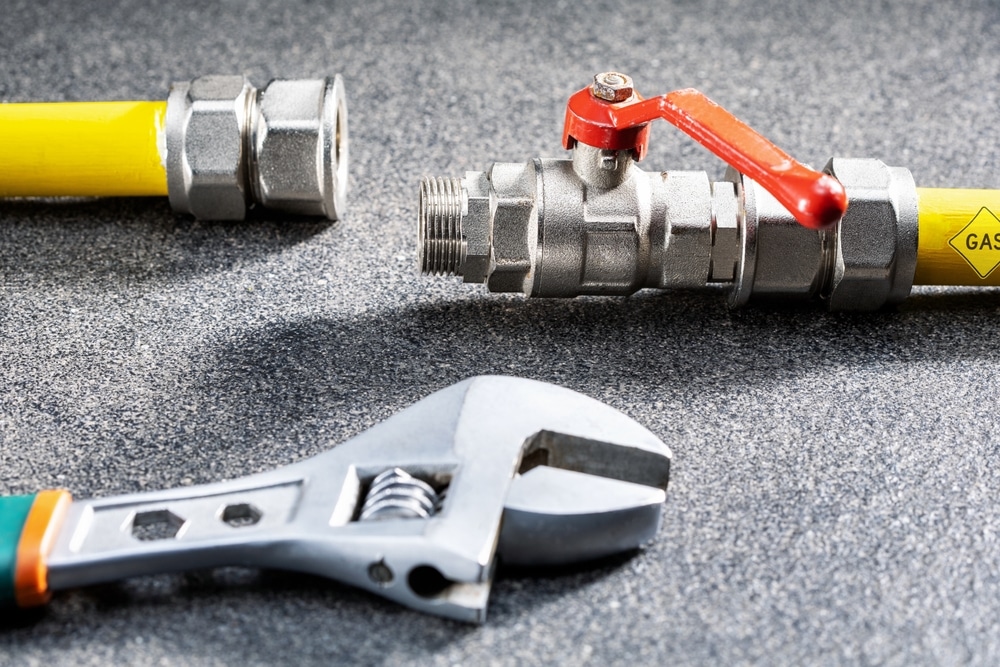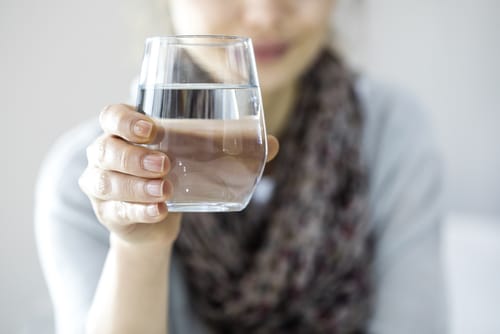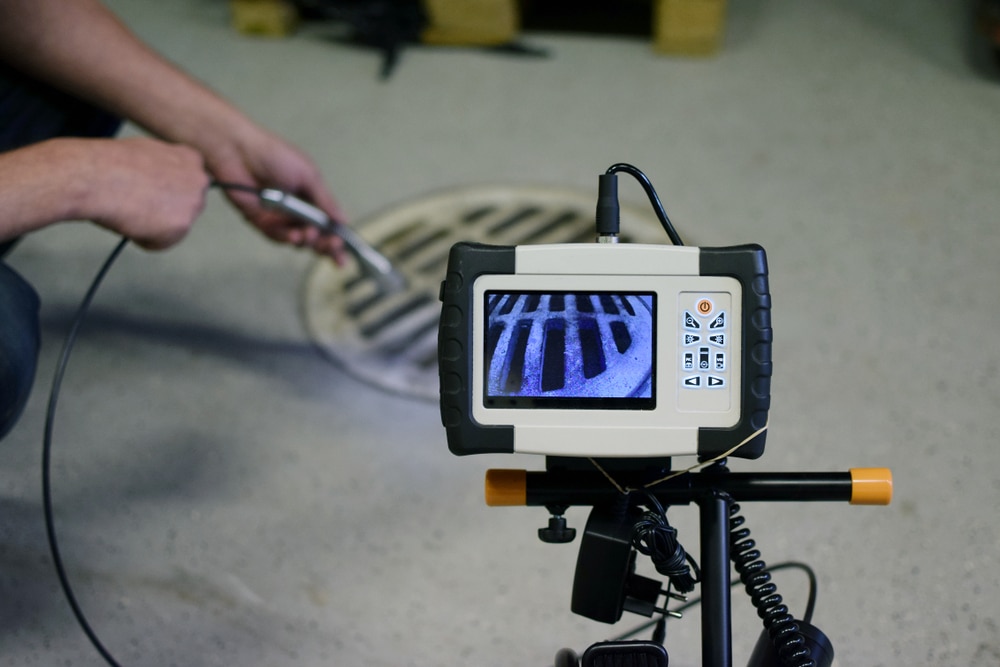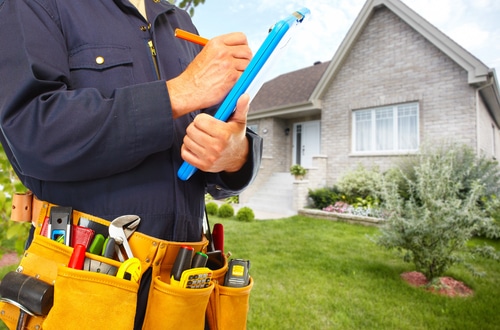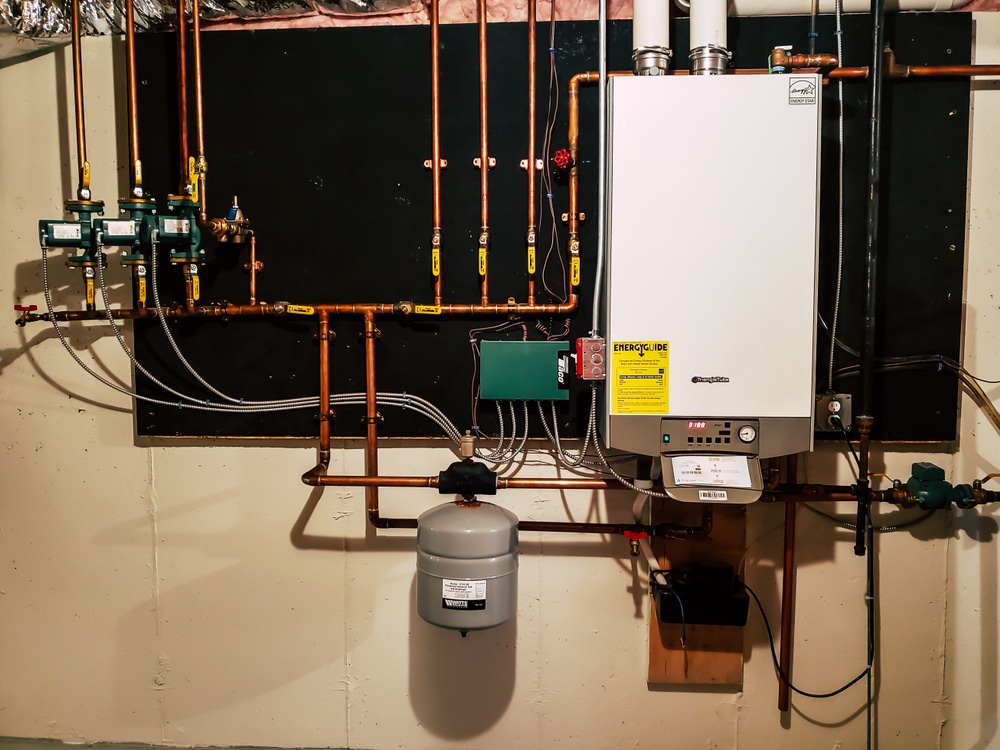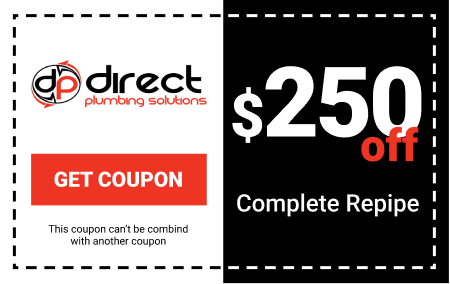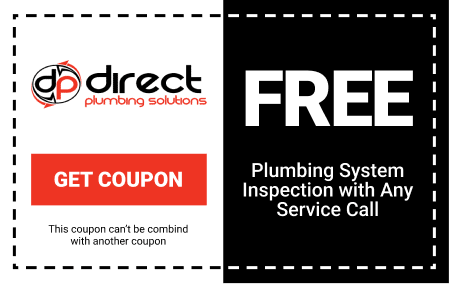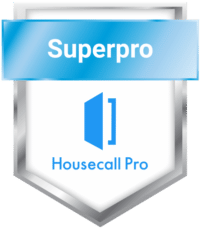If you’re a homeowner in Vancouver, WA, you know how important it is to keep your drains clean and free from clogs. A clogged drain can cause a lot of inconvenience and even damage to your plumbing system. While it’s always a good idea to call a professional plumber for complex drain issues, there are several DIY drain cleaning tips and tricks you can use to maintain your drains and prevent clogs. In this article, we’ll explore some effective methods to keep your drains flowing smoothly and avoid unnecessary plumbing expenses.
Understanding the Causes of Drain Clogs
Before we dive into the DIY drain cleaning techniques, it’s crucial to understand the common causes of drain clogs. By knowing what leads to clogs, you can take preventive measures to keep your drains clear. Some of the most common causes of drain clogs include:
Accumulation of Hair and Soap Scum
Hair and soap scum can build up in your drains over time, leading to clogs. The combination of these substances can create a sticky mess that restricts water flow.
Food Waste and Grease
Kitchen drains are often clogged due to the accumulation of food particles and grease. These substances can harden and stick to the inside of the pipes, causing blockages.
Foreign Objects
Accidentally dropping small objects down the drain, such as jewelry, toys, or cotton swabs, can obstruct the pipes and result in clogs.
Now that we know the common causes of drain clogs, let’s explore some effective DIY drain cleaning methods.
Baking Soda and Vinegar Solution
One of the simplest and most effective DIY drain cleaning solutions involves using baking soda and vinegar. Follow these steps to clear minor clogs:
Step 1: Boiling Water
Start by pouring a pot of boiling water down the drain. This helps loosen any greasy buildup.
Step 2: Baking Soda
Next, pour half a cup of baking soda into the drain. Make sure it goes down the drain smoothly.
Step 3: Vinegar
Follow the baking soda with half a cup of vinegar. The mixture will create a foaming reaction, which helps break down any clogs.
Step 4: Hot Water Rinse
After letting the baking soda and vinegar solution sit for about 15 minutes, flush the drain with hot water. This should clear any remaining debris and leave your drain clean.
Using a Plunger
When dealing with a clogged sink or bathtub drain, a plunger can be a handy tool. Here’s how to use it effectively:
Step 1: Remove the Overflow Plate (if applicable)
For bathtub drains, you might need to remove the overflow plate before plunging. Unscrew the plate and set it aside.
Step 2: Create a Seal
Place the plunger over the drain, ensuring it forms a tight seal. Add some petroleum jelly around the rim of the plunger to improve suction.
Step 3: Plunge
With a firm grip on the handle, push the plunger up and down vigorously. The suction created should dislodge the clog.
Step 4: Test the Drain
Once you’ve plunged a few times, run water down the drain to check if it’s flowing freely. Repeat the process if necessary.
DIY Drain Snake
For more stubborn clogs, a DIY drain snake can be effective in clearing the blockage. Here’s how to use it safely:
Step 1: Obtain a Drain Snake
Purchase or rent a drain snake from your local home improvement store. Ensure it’s an appropriate size for your drain.
Step 2: Insert the Drain Snake
Carefully insert the drain snake into the drain until you feel resistance. This indicates that you’ve reached the clog.
Step 3: Rotate and Push
Rotate the drain snake while applying gentle pressure to push it through the clog. Avoid excessive force to prevent damaging the pipes.
Step 4: Remove the Drain Snake
Once you’ve worked the drain snake through the clog, slowly pull it out. You may encounter some resistance as debris comes loose.
Regular Maintenance Practices
Prevention is key when it comes to drain clogs. Adopting these regular maintenance practices can help keep your drains clean and clear:
Avoid Pouring Grease Down the Drain
Dispose of cooking grease and oil in a sealed container instead of pouring them down the drain. They can solidify and cause clogs.
Use Drain Screens
Place drain screens or stoppers over your drains to catch hair, food particles, and other debris before they enter the pipes.
Flush with Hot Water
Regularly flush your drains with hot water to help break down any grease buildup and keep the pipes clear.
Schedule Professional Drain Cleaning
While DIY methods are effective for minor clogs, it’s essential to have your drains professionally cleaned periodically. A professional plumber can remove stubborn clogs and inspect your plumbing system for any underlying issues.

